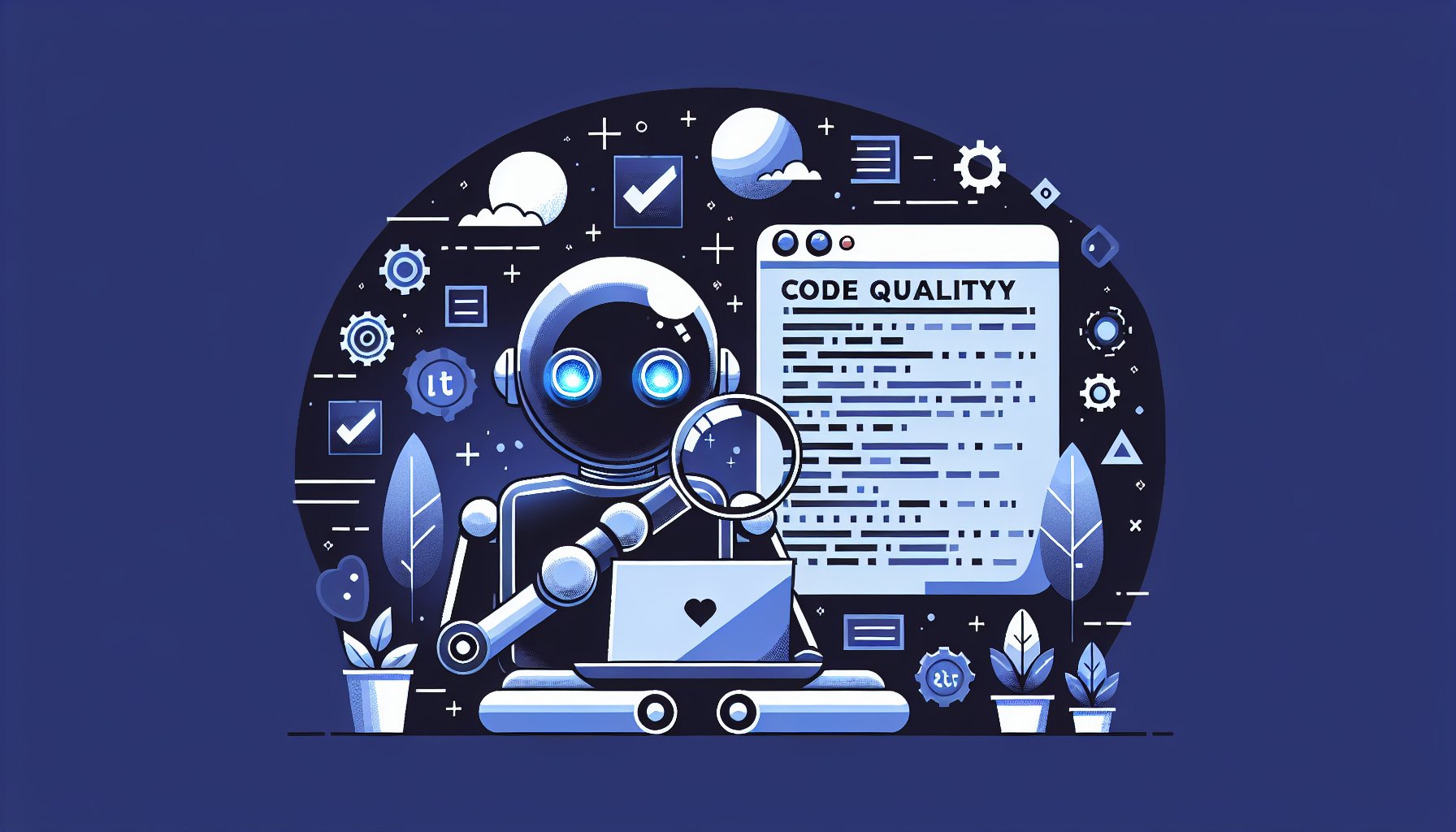Introduction
Code quality has always been a critical aspect of software development. But in 2025, it's not just about writing functional code; it's about writing robust, maintainable, and efficient code that aligns with the latest industry standards. This post will guide you through the cutting-edge strategies, tools, and practices to ensure top-notch code quality.
Embracing AI-Powered Code Review
The rise of AI in software development has revolutionized the code review process. Today, AI-powered tools can automatically review your code, identify bugs, security breaches, and even suggest improvements. They're faster, more accurate, and more efficient, freeing up developers to focus on logic and problem-solving.
Understanding Code Quality Metrics
Metrics provide a tangible way to assess code quality. Key metrics in 2025 include cyclomatic complexity, depth of inheritance, class coupling, and lines of code. Advanced tools offer real-time tracking of these metrics, helping teams maintain control over code quality throughout the development process.
Adopting Continuous Integration/Continuous Deployment (CI/CD)
CI/CD is a modern development practice that involves regularly integrating code changes, allowing for quicker detection and resolution of bugs. The continuous deployment aspect ensures that the code is always deployable, accelerating the delivery process and enhancing code quality.
Prioritizing Test-Driven Development (TDD)
TDD is a modern development practice where tests are written before the code. It ensures that the code fulfills its intended functionality and helps to maintain high code quality by facilitating regular refactoring and reducing the likelihood of bugs.
Example of TDD:
// Write a failing test first
describe('Calculator', function() {
it('should add two numbers correctly', function() {
assert.equal(add(2, 3), 5);
});
});
// Write the minimum amount of code to make the test pass
function add(a, b) {
return a + b;
}
Writing Clean Code
Writing clean code is all about readability and maintainability. It involves using clear naming conventions, organizing code logically, and commenting effectively. Clean code reduces complexity, making it easier to read, understand, and modify.
Refactoring Regularly
Refactoring is the process of restructuring existing code without changing its functionality. It improves code readability and reduces complexity, making it an essential practice for maintaining high-quality code.
Conclusion: Staying Ahead in the Code Quality Game
Ensuring code quality is a continuous process that involves embracing modern practices, leveraging innovative tools, and adopting a forward-thinking approach. By integrating AI-powered code reviews, understanding and applying code quality metrics, employing CI/CD, prioritizing TDD, writing clean code, and refactoring regularly, you can elevate your code quality and stay ahead in the fast-paced world of IT development.
